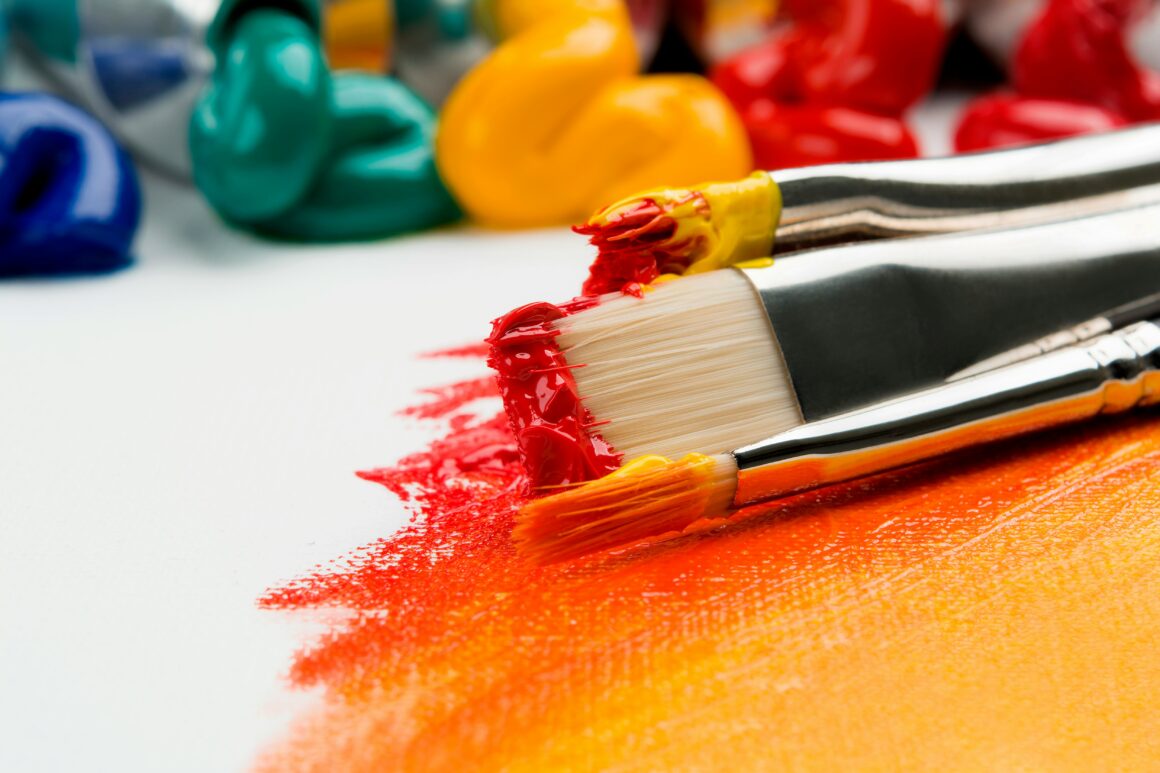As children most of us probably had dreams of being superheroes with amazing superhuman abilities, and although humans as a species are still working on their collective ability to fly, some of us have unlocked otherworldly potential in the form of synesthesia.
Synesthesia is a greek word that means “to perceive together” and that’s pretty much exactly what happens in the mind of a synesthetic- their senses overlap and they perceive some things with multiple senses. A common form of synesthesia involves associating a certain number or letter with it’s own color. This is known as “grapheme-color” synesthesia and it’s one of countless other forms of the condition you can have.
Some synesthetes will see colors when they hear certain sounds, which leads to work from artists such as Melissa McCracken, who uses her condition to paint songs. There’s an expansive list of celebrity synesthetes, from Patrick Stump and Pharrell Williams to Duke Ellington and Billy Joel to classical composers like Franz Liszt. Vincent Van Gogh was a synesthete himself who was ostracised for a mental condition that many creative people today would consider an asset.
There isn’t much research on this condition, but with new advances in technology, studying synesthesia is as easy as it’s ever been. Thanks to FMRI scans of volunteers with synesthesia, the commonly discussed theory of a synesthetic brain being somehow ‘cross wired’ has been supported by scientists. These scientists observed that visual areas of the brain, especially those areas pertaining to color were more connected to the auditory cortex in auditory- visual synesthetes.
Nobody is completely sure about how or where this condition comes from. Some scientists say synesthesia is genetic while others argue that it has more to do with situational factors and that the condition can be learned. There is also evidence of synesthesia being activated in some people after using drugs like marijuana or LSD.
The ability to feel sounds or hear colors may sound like a superhuman ability to some, but synesthesia isn’t as rare as it sounds. 1 in 300 people have some variation of this condition, so synesthetic superpowers aren’t so far-fetched.




